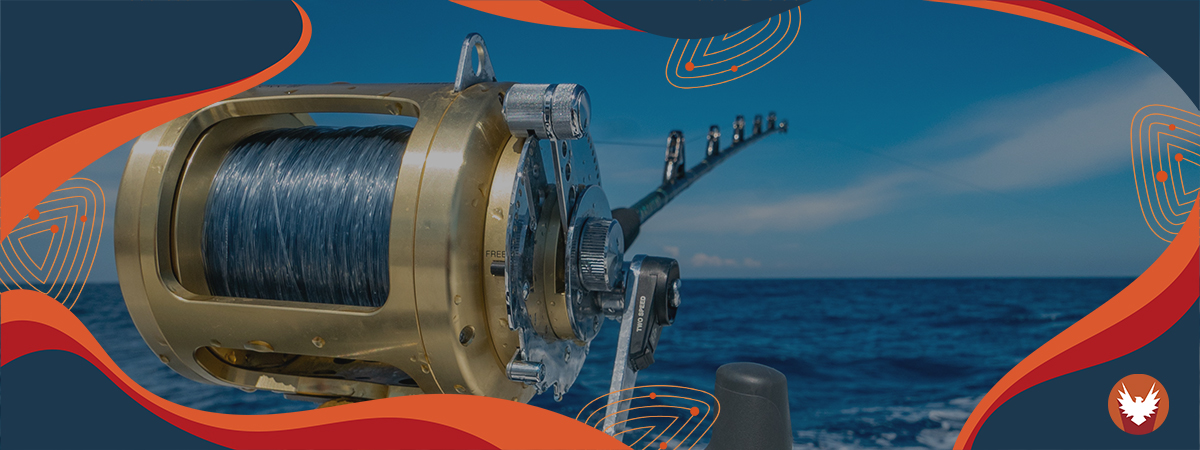At Union Resolute, we provide your sales team with HQLs—Highly Qualified Leads. It’s what we’re known for. It’s what we do. And we’re darn good at it. Heck, we even coined the term Highly Qualified Leads™ ourselves.
What IS an HQL? It’s not just any lead, it’s one that has first-party intent, ideal customer profile fit, and verified contact methods. HQLs allow marketing and sales teams to work together to influence leads as they’re making decisions.
Since the buyer’s journey has changed—with between 50 and 90 percent of the sales process already taking place before the salesperson gets involved—we need to be more targeted and creative with our outreach. And we need to put more focus on nurturing earlier in the sales process—which HQLs just happen to perfectly help out with.
Our LeadResolution platform is unprecedented in cranking out the HQLs for your sales team. But… what do you do with them once you have them? It’s a question we get often, and while we’re always happy to walk you through the process on a demo or call, we figured we’d publish this guide to help guide you through some of the Dos and Don’ts of working with your shiny new HQLs.
DO – Make a decision quickly
We recommend that you decide if you’re ready to accept and/or reach out to a new HQL within 24 hours after you’re notified by LeadResolution.
DON’T – Delay in making contact
Don’t wait too long to accept and reach out to an HQL. That lead is flagged in the system based on the behavioral intent they are showing, along with other information, and the longer you wait, the more the chances of a conversion drop off. You don’t want them moving on before you can connect.
DO – Personalize your outreach
Research the prospect and their company so you have a better understanding of why they are likely interested in your product. Research publicly available information, like the company website and the lead’s LinkedIn profile. When you reach out, whether it’s via LinkedIn, a call, or an email, compose your message so that it’s personal and authentic. Remember, if an HQL has come across it means they match your ideal customer profile—it’s not strange to ask them for a meeting or to connect. If one of your contacts is in their network already, ask for an introduction—those work very well for building rapport quickly.
DON’T – Mass email HQLs
On the other hand, generic, un-personalized email outreach—what we know as mass emails like newsletters—is not nearly as effective when working with HQLs. If the lead feels like you don’t know who they are when you reach out, they are more likely to just delete your message and not follow up. You’ll have a much more challenging time converting them from that point.
DO – Only accept HQLs you can properly go after
When deciding which HQLs you will go after, only accept the ones where you see a clear reason to accept and you feel confident that you’ll be able to do more consistent and better, personalized outreach than Union is doing on your behalf already. Engaging an HQL and then dropping the ball by not spending enough time or being unable to personalize the outreach is a great way to lose out on good opportunities.
DON’T – Treat them like they already raised their hand
HQLs are passed to you in LeadResolution because their browsing patterns show shopping intent. These leads have NOT directly reached out to you by email, so they should be addressed a little differently than Sales Qualified Leads (SQLs). The object of an email to an HQL is to start a conversation in a way that lets them know who you are and why you’re the person who can help solve their business needs.
DO – Make a playbook for follow-up
It can take up to 20 touch points to get a prospect’s attention, so consistent follow-up is key. Make a playbook for consistent follow-up that will serve as support for our regular email outreach. This can be via LinkedIn, email, or phone calls, and there is some flexibility on how often you do it, but the important thing is not to let up doing this. Personalized content every two weeks or so is a cadence that we’ve seen work well for our clients. If you decide to do a one-off email not tied to the Union outreach, make it as short as possible: no more than 3 sentences/35 words and very personal.
DON’T – Discuss the marketing background work
We don’t recommend getting too in-depth into how the sausage gets made, so to speak—don’t tell prospects that they were passed to you as an HQL, or a “Digital Activity Lead” (another term we use in LeadResolution). People understandably are a little put off when they’re explicitly told that their behavior and browsing data are visible, and that’s why you’re reaching out. Try to avoid marketing language in your emails—stick to the “why,” not the “what.”
And it bears repeating: Don’t accept an HQL unless you have the time to keep working the lead, every two weeks, with personalized content, not copy-paste marketing jargon.
DO – Send a test email beforehand
When you’re getting ready to reach out to an HQL, especially if you’re just getting started with LeadResolution and our program, it’s a good idea to send a test email to yourself or a colleague beforehand. Use this opportunity to review the message for perspective, strategic content, and even aesthetics–there’s nothing worse than spending a good amount of time crafting a perfect email only to have the formatting make it look unreadable and unprofessional.
Most important of all—don’t give up on the lead! You accepted it for a reason, and it may take more time than you like to get them to become a customer. Just like with any sales process, don’t give up. Not every lead becomes a customer, but if you follow these tips, you’ll see your wins start racking up.
—-
Want to learn more about HQLs and closing the deal? We have lots more good content on our blog.
- Check out this LinkedIn article on “What IS an HQL?”
- Also check out our resources for Sales Professionals




